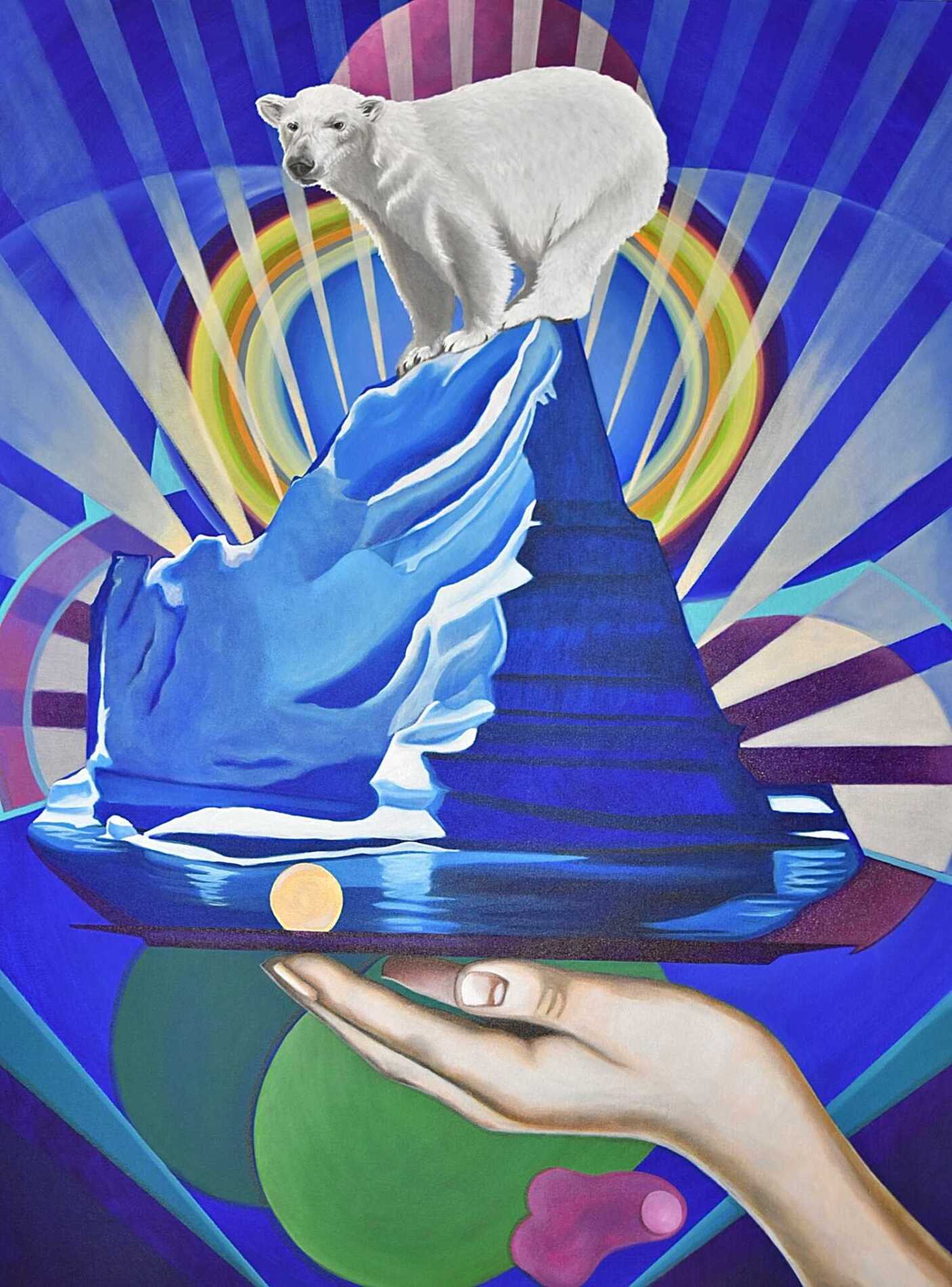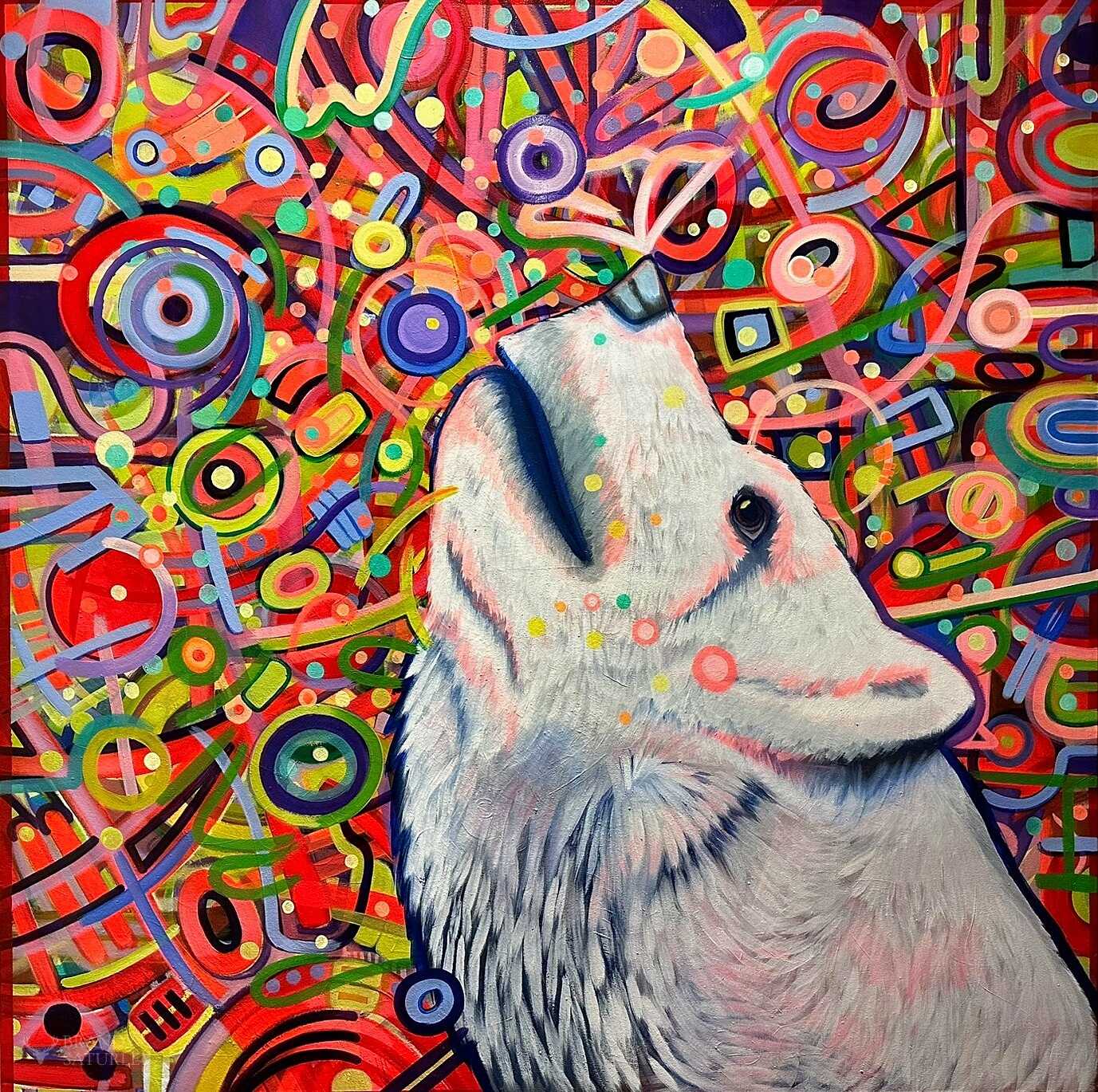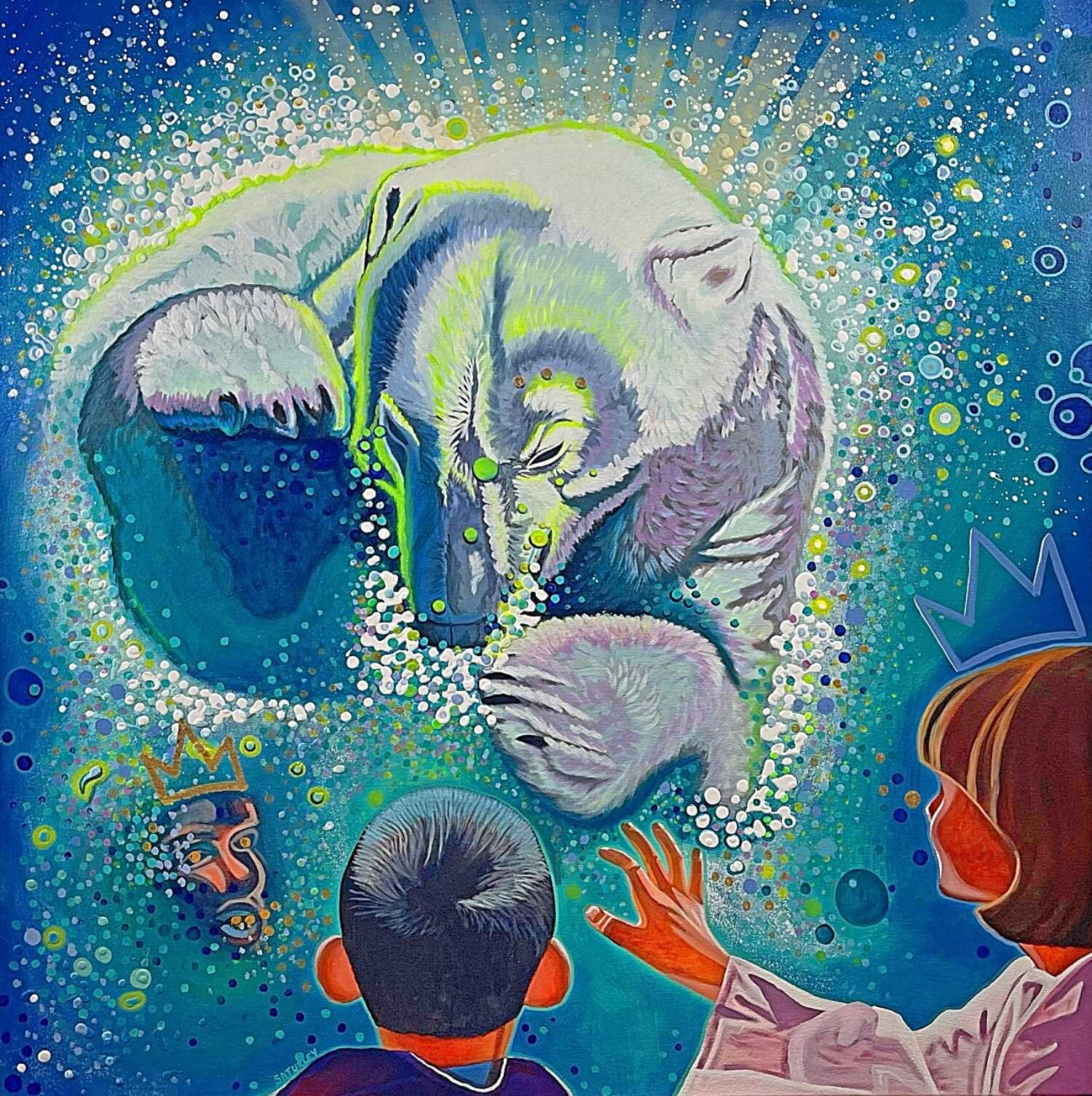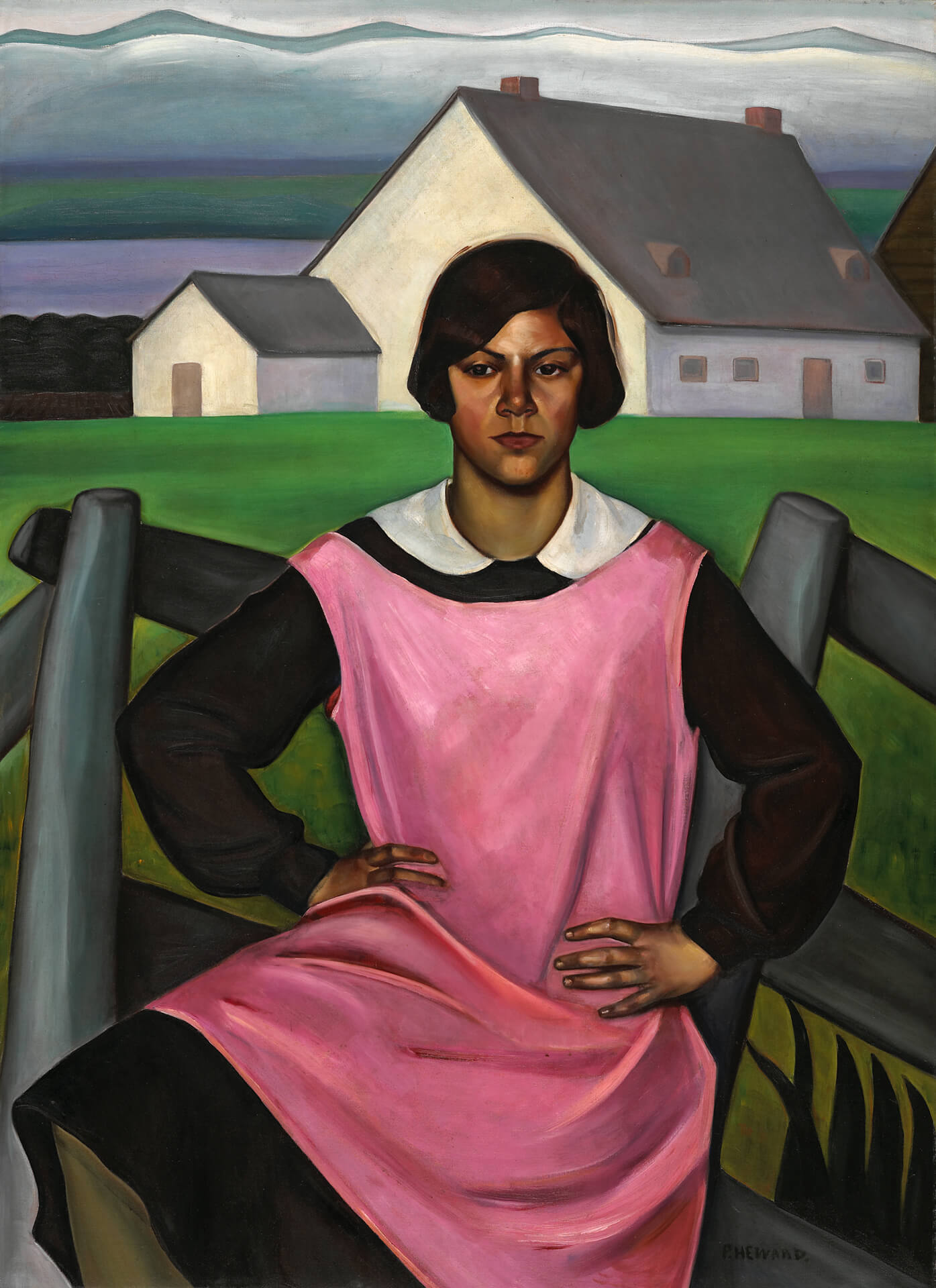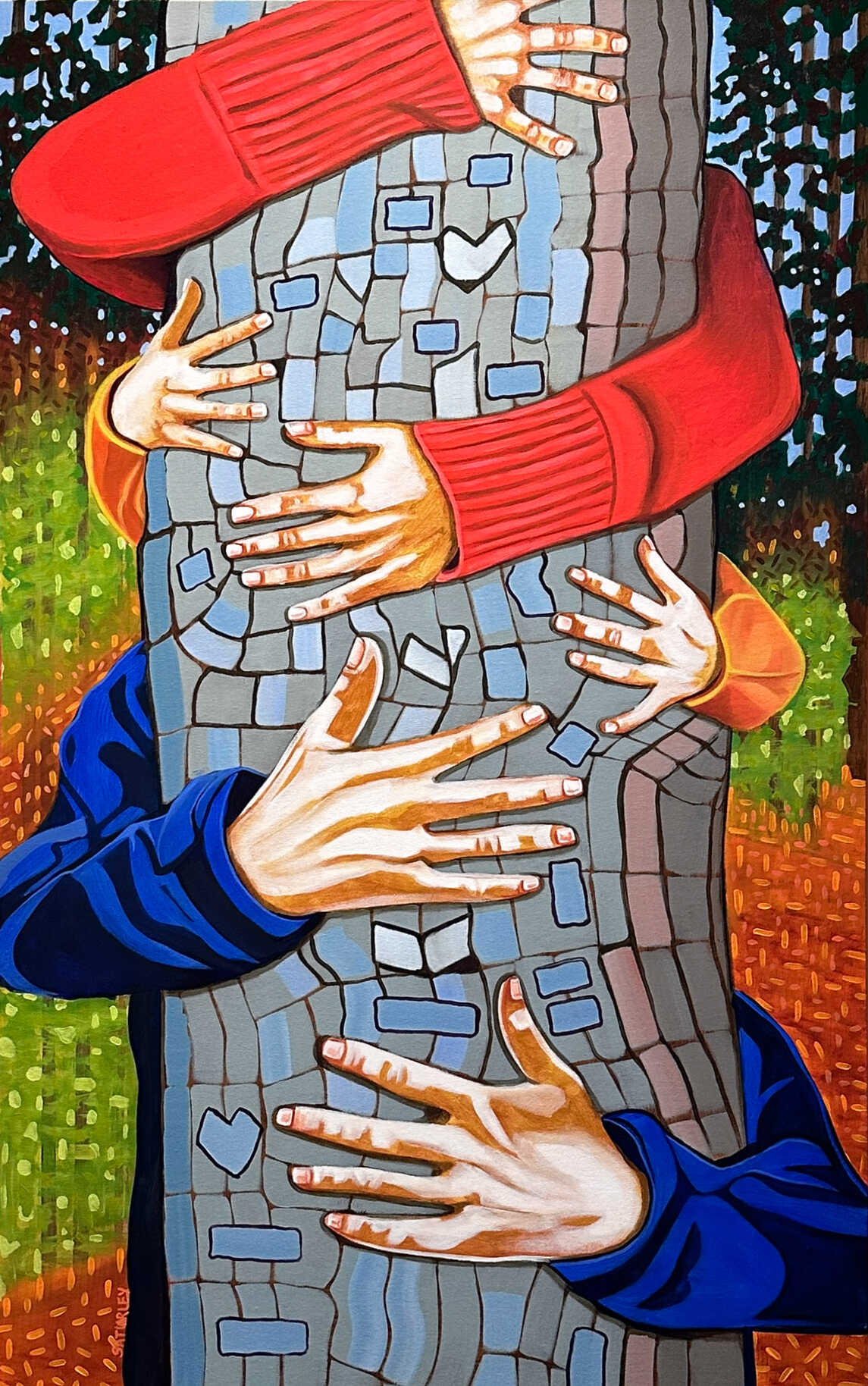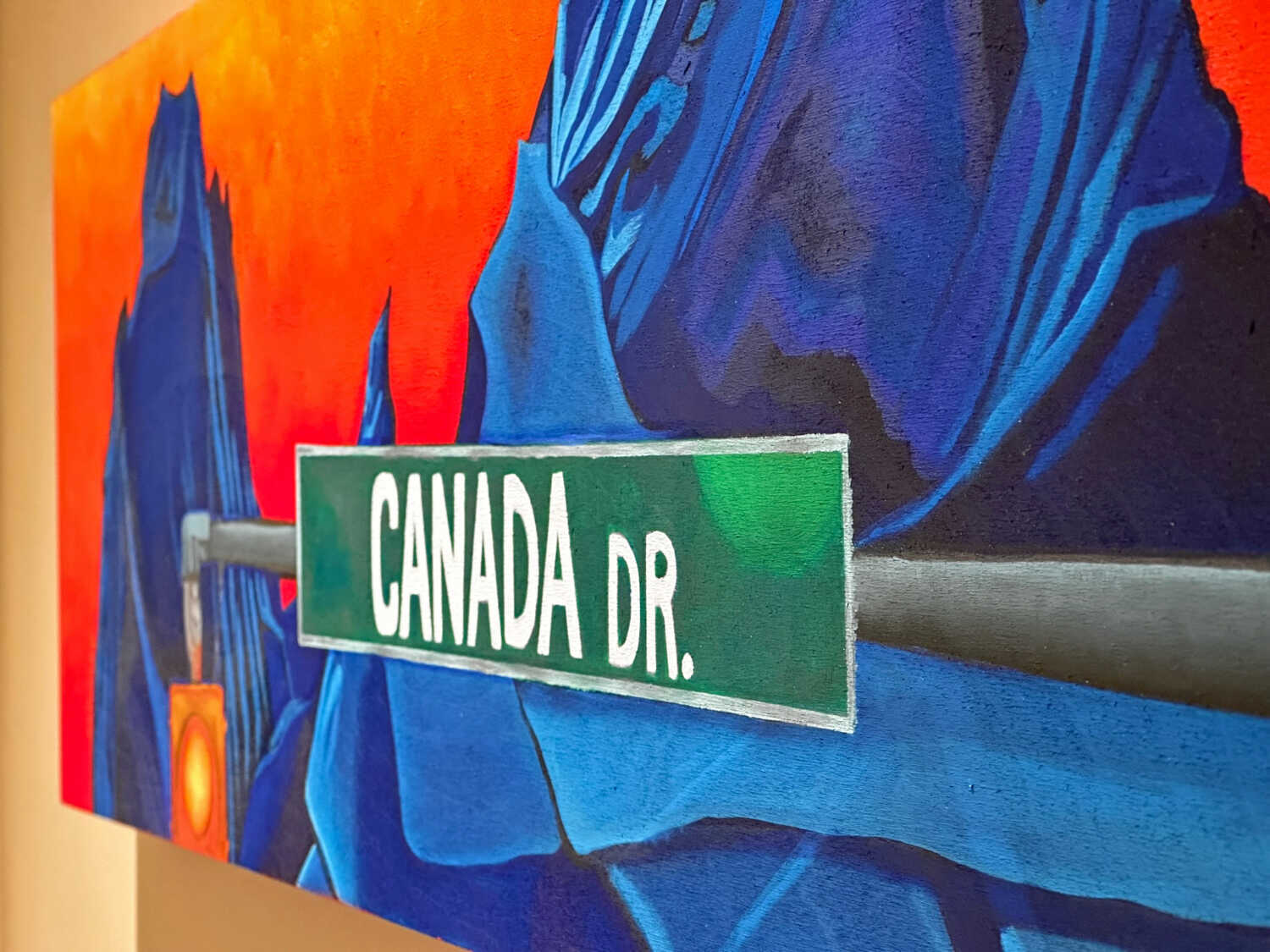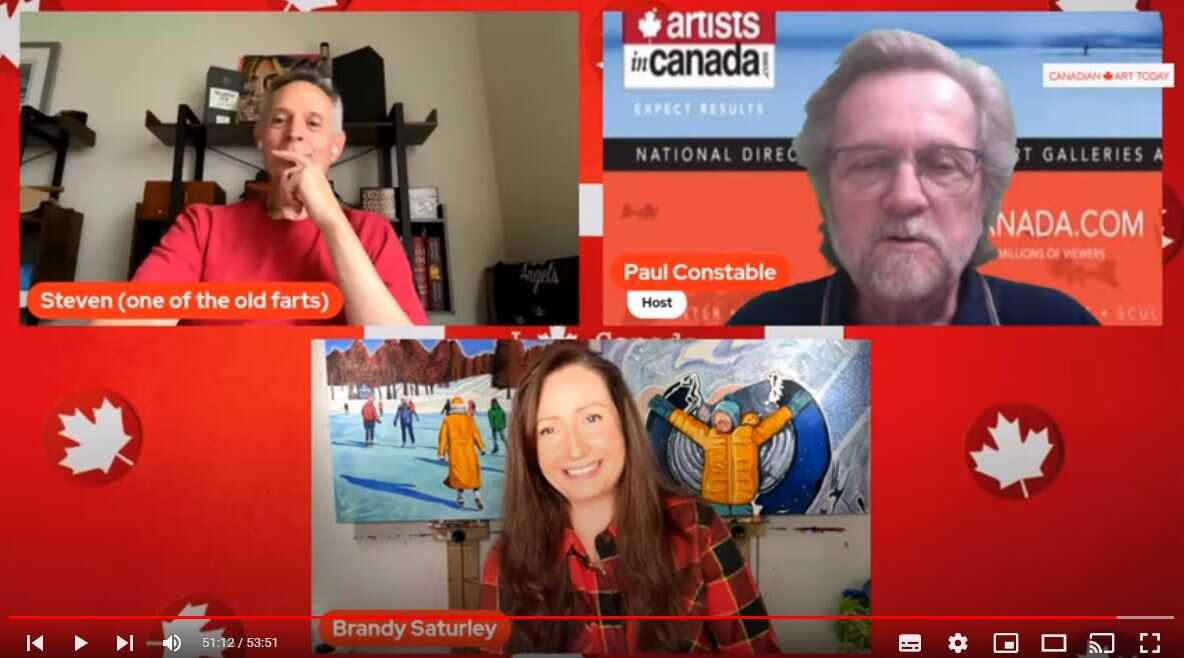Canadian Artists Climate Change
Art of the Wild: How Canadian Artists Are Responding to Climate Change in 2025
From coast to coast to coast, the wildness of Canada defines us. Our landscapes shape not only our environment but our national identity. But in 2025, the wild is under stress and Canadian artists are paying attention to climate change.
As someone who has spent the two decades travelling across this country, painting its symbols, listening to its stories, and watching the colours of our land change, I’ve come to see art as a visual barometer of what we value, fear, and hope for. Increasingly, Canadian artists are turning their eyes, and brushes toward climate change, not as an abstract global issue, but as a deeply personal, national reality.
The Landscape Is Changing and So Is the Palette
From the haze of wildfire smoke in Yellowknife to the retreating coastlines of the Vancouver Island, the environment is speaking loudly. Artists are responding with new materials, altered tones, and shifting metaphors. For my part, the symbols I’ve long worked with rocky mountains, – polar bears, plaid, snow, and northern skies – are becoming layered with a new tension. The snow isn’t always a blanket anymore; sometimes it’s a memory. The trees stand as both guardians and ghosts.
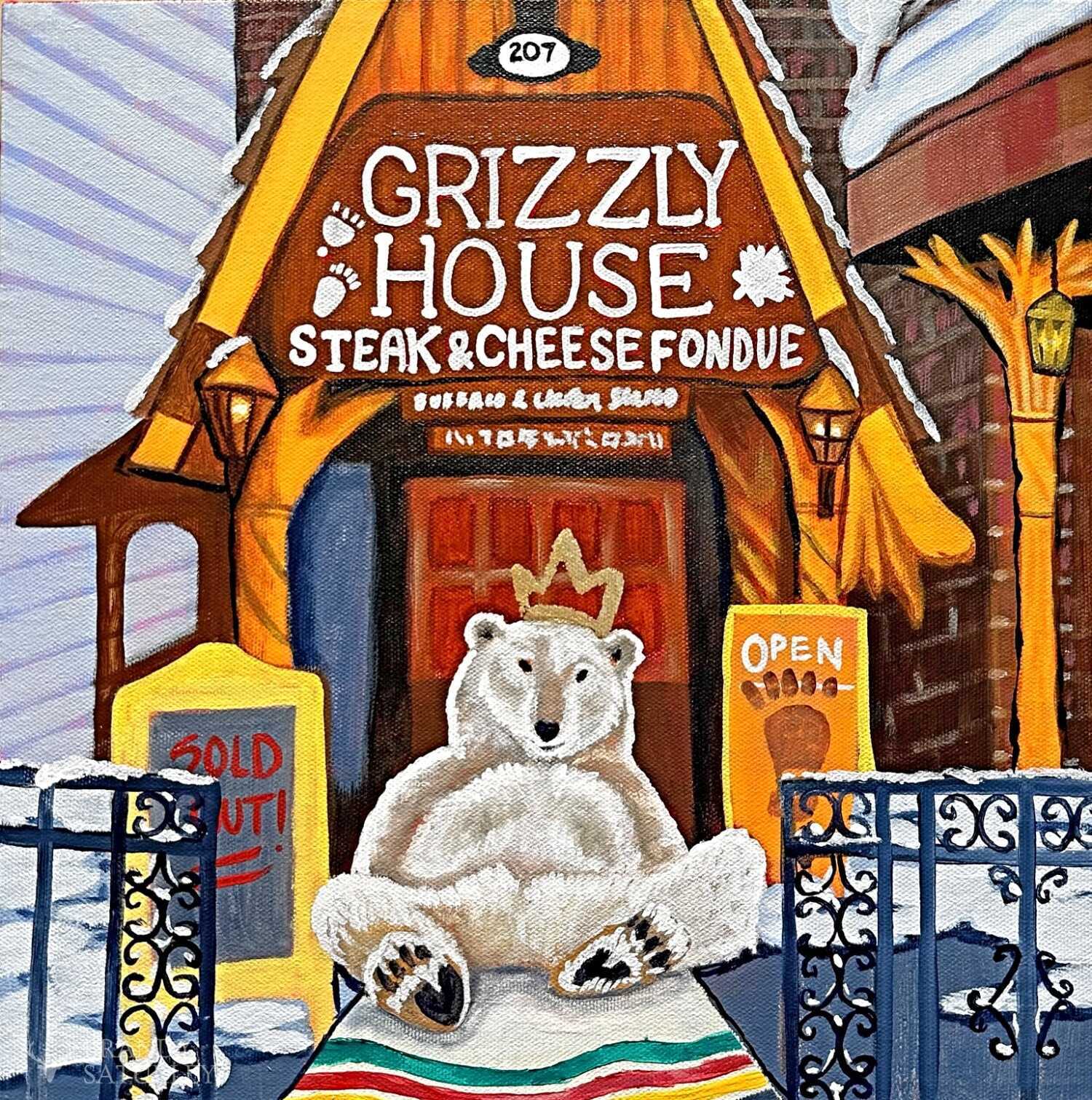
Painting of a polar bear with a gold crown, full belly he leans against the door of a restaurant in Banff.
Polar Bears as Emblems of Urgency
In recent years, I’ve returned again and again to the figure of the polar bear. Long a symbol of strength and solitude in the Canadian North, the polar bear has also become a global icon of climate change, it’s shrinking habitat a stark reminder of what’s at stake.
My paintings of polar bears are not just portraits of wildlife; they are reflections of us. I often depict these animals in a kind of pop surrealism – floating through impossible skies, surrounded by unexpected symbols, sometimes even in juxtaposition with plaid or fragments of Canadian flags. These choices are intentional. They speak to the tension between what we idealize and what we ignore.
In one recent painting, a lone bear stands on a melting geometric ice floe, its shape borrowed from design motifs I encountered during my travels in Nunavut. The colours are bright, almost celebratory, but the meaning is anything but. These paintings ask: Can beauty wake us up before it’s too late?
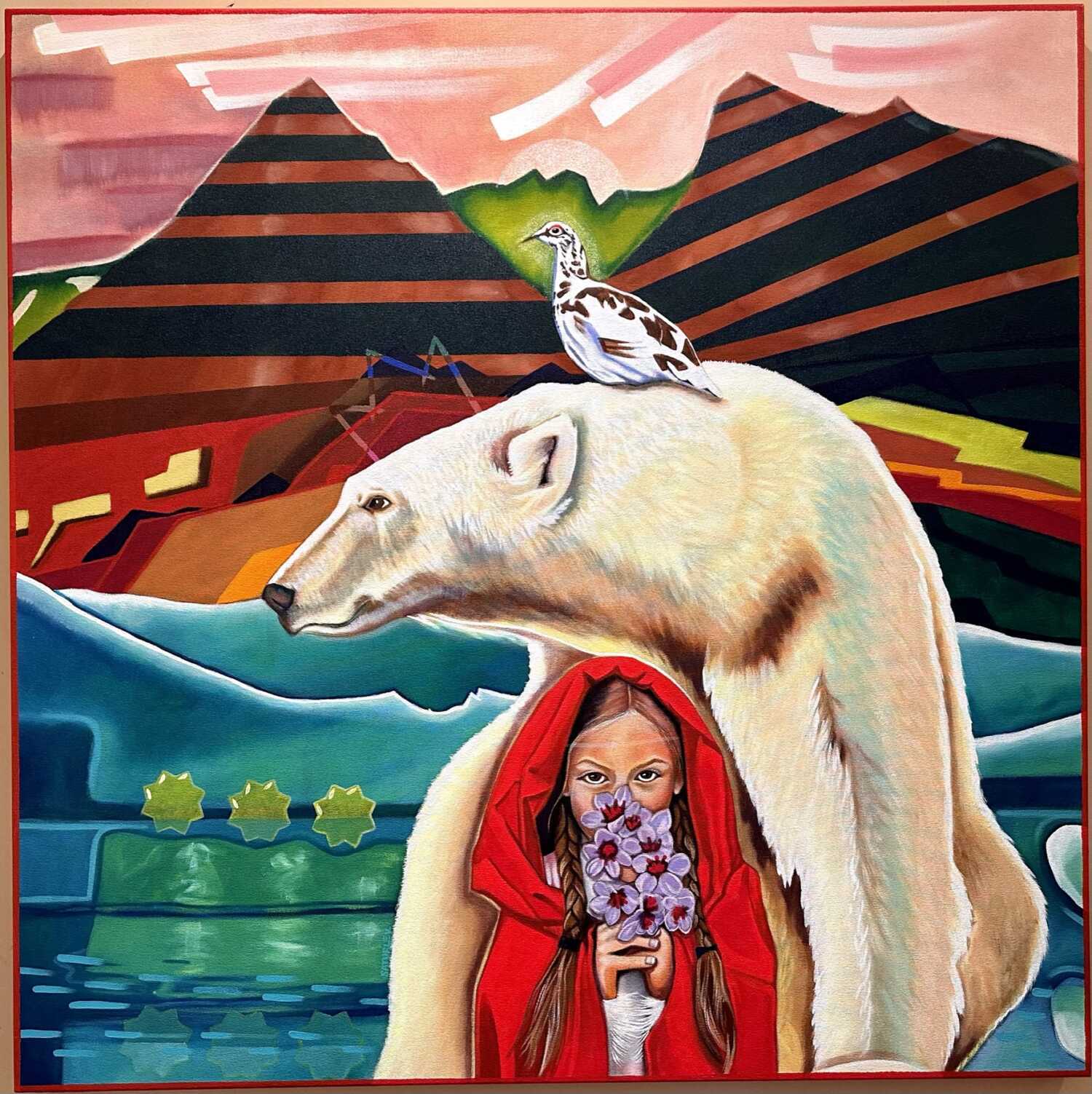
Painting of a polar bear with a crown in front of geometric mountains and sitting on a an ice flow with a Inuit girl holding a bouquet of purple flowers.
Canadian Artists Climate Change: From Protest to Poetics
Not all work is overtly political. Much of it, like mine, leans toward poetic storytelling. I’ve seen paintings where lone caribou stand on oil pipeline lines painted across canvas like veins. There are photographs of thawing permafrost that blur into portraits of elders, suggesting that what we lose in the land, we also lose in culture.
Younger artists, often influenced by social media, are creating hybrid works that mash up scientific data with street art aesthetics. There’s a raw urgency to these projects a refusal to aestheticize the issue too gently.
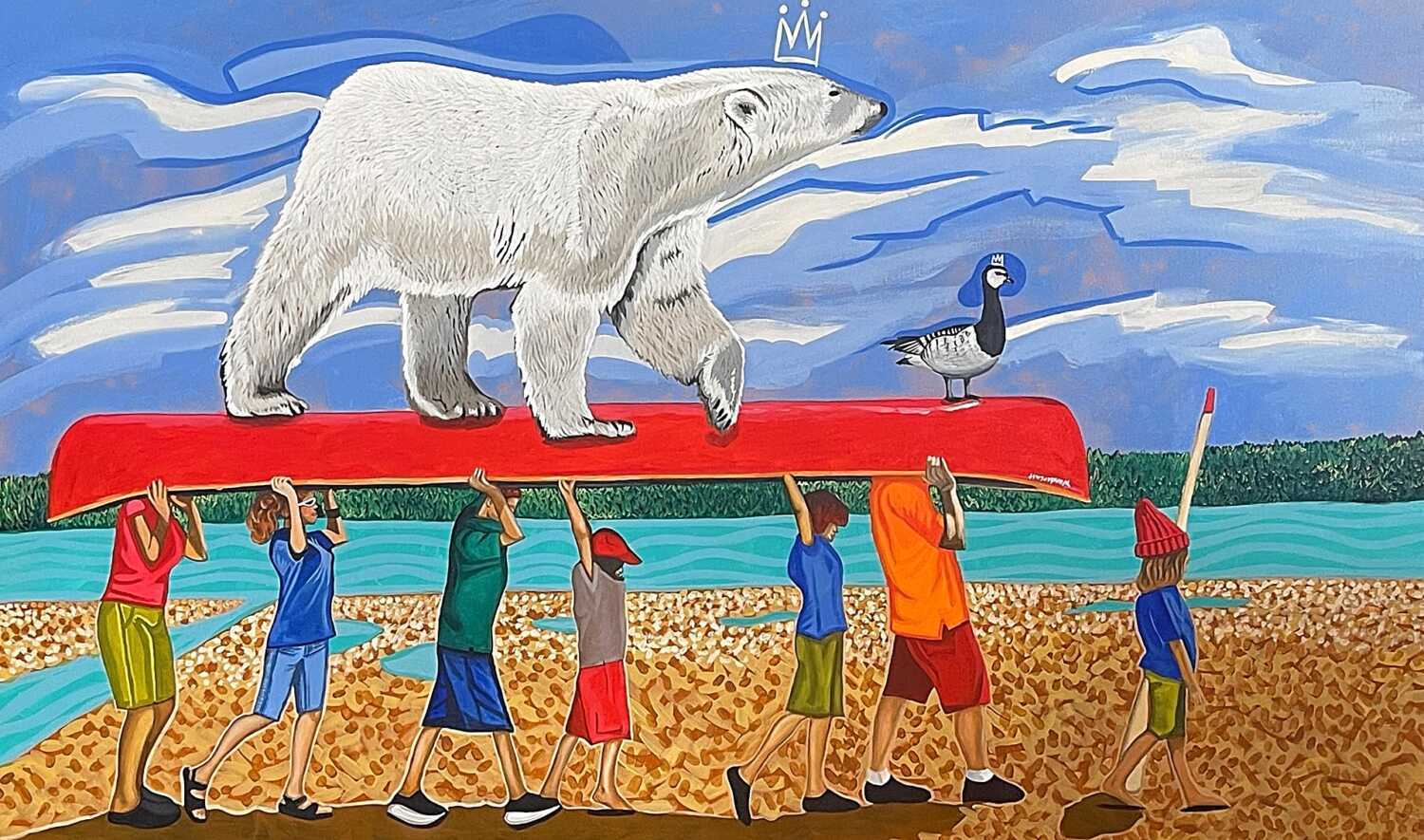
Painting of a polar bear on top of a canoe being portaged by a family.
Indigenous Voices Leading the Way
Indigenous artists have long understood the connection between land, culture, and survival. Now, the wider art world is catching up. Artists like Christi Belcourt and Joi T. Arcand continue to remind us that climate change is also cultural change, and their work speaks to a relationship with the land that goes beyond resource extraction and into stewardship.
As a settler artist, I’m listening and learning. I think many of us are. This moment demands humility as well as expression.
What Comes After the Wild?
I titled this post Art of the Wild, but perhaps it’s really about art in defense of the wild. In 2025, Canadian artists are standing as visual witnesses – not only to the beauty of this country but to its fragility.
We’re making work that asks: What are we willing to lose? And what are we willing to do?
As I plan my next series, the questions I carry with me into each sketch, each brushstroke, are changing. I still want to capture Canada – but now I’m also trying to protect it, at least through the stories I paint.
Because if the wild goes silent, so do we.

